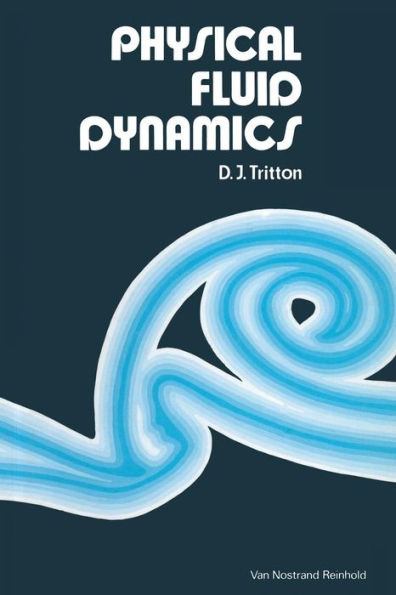Physical Fluid Dynamics
To classify a book as 'experimental' rather than 'theoretical' or as 'pure' rather than 'applied' is liable to imply umeal distinctions. Nevertheless, some Classification is necessary to teIl the potential reader whether the book is for him. In this spirit, this book may be said to treat fluid dynamies as a branch of physics, rather than as a branch of applied mathematics or of engineering. I have often heard expressions of the need for such a book, and certainly I have feIt it in my own teaching. I have written it primariIy for students of physics and of physics-based applied science, aIthough I hope others may find it useful. The book differs from existing 'fundamental' books in placing much greater emphasis on what we know through laboratory experiments and their physical interpretation and less on the mathe- matieal formalism. It differs from existing 'applied' books in that the choice of topics has been made for the insight they give into the behaviour of fluids in motion rather than for their practical importance. There are differences also from many existing books on fluid dynamics in the branches treated, reflecting to some extent shifts of interest in reeent years. In particular, geophysical and astrophysical applications have prompted important fundamental developments in topics such as conveetion, stratified flow, and the dynamics of rotating fluids. These developments have hitherto been reflected in the contents of textbooks only to a limited extent.
"1117077223"
Physical Fluid Dynamics
To classify a book as 'experimental' rather than 'theoretical' or as 'pure' rather than 'applied' is liable to imply umeal distinctions. Nevertheless, some Classification is necessary to teIl the potential reader whether the book is for him. In this spirit, this book may be said to treat fluid dynamies as a branch of physics, rather than as a branch of applied mathematics or of engineering. I have often heard expressions of the need for such a book, and certainly I have feIt it in my own teaching. I have written it primariIy for students of physics and of physics-based applied science, aIthough I hope others may find it useful. The book differs from existing 'fundamental' books in placing much greater emphasis on what we know through laboratory experiments and their physical interpretation and less on the mathe- matieal formalism. It differs from existing 'applied' books in that the choice of topics has been made for the insight they give into the behaviour of fluids in motion rather than for their practical importance. There are differences also from many existing books on fluid dynamics in the branches treated, reflecting to some extent shifts of interest in reeent years. In particular, geophysical and astrophysical applications have prompted important fundamental developments in topics such as conveetion, stratified flow, and the dynamics of rotating fluids. These developments have hitherto been reflected in the contents of textbooks only to a limited extent.
119.99
In Stock
5
1

Physical Fluid Dynamics
362
Physical Fluid Dynamics
362Paperback
$119.99
119.99
In Stock

Product Details
| ISBN-13: | 9780442301323 |
|---|---|
| Publisher: | Springer Netherlands |
| Publication date: | 01/01/1977 |
| Series: | The Modern University in Physics Series |
| Pages: | 362 |
| Product dimensions: | 5.98(w) x 9.02(h) x 0.03(d) |
About the Author
From the B&N Reads Blog
